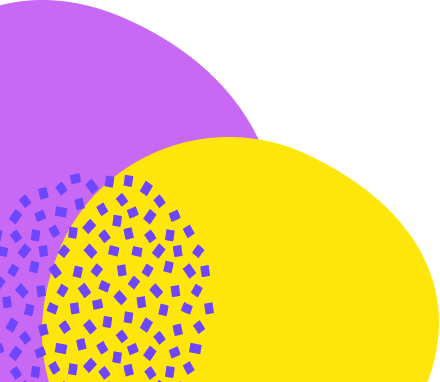Direct Object and Indirect Object Examples



Wow! What a great question! Let's break the example down.
In your example, 'the students' and 'a story' are the objects of the sentence. But which one is the direct object and which one is the indirect object.
1. Direct objects receive the action of the verb, and are often needed to complete the sentence. The verb in your example is 'told'. Which of the two objects received the action of the verb?
2. Indirect objects receive the action of the direct object, and aren't necessarily needed to complete the sentence.
Let's take out each object and see what makes sense: 'The teacher told the students' and 'The teacher told a story'. Which one can stand alone? Definitely, 'The teacher told a story' can stand alone! And the action 'told' is being done to 'a story' by 'The teacher'. Therefore, 'the students' will be considered the indirect object and 'a story' will be considered the direct object.
I hope that this gives some insight into how direct and indirect objects work.







